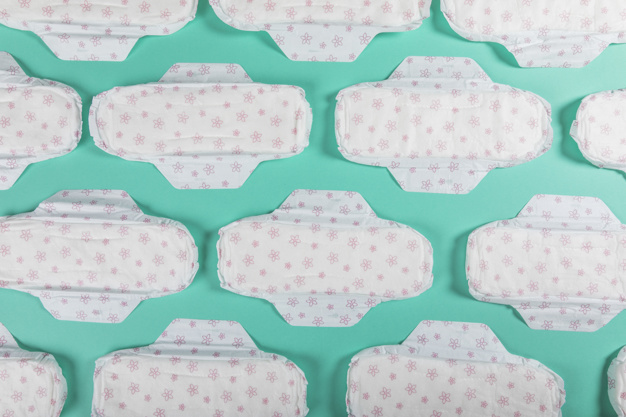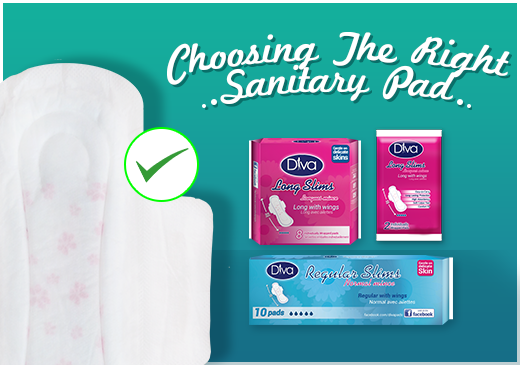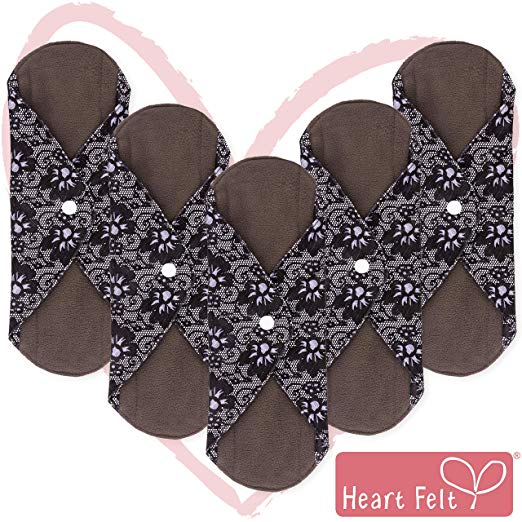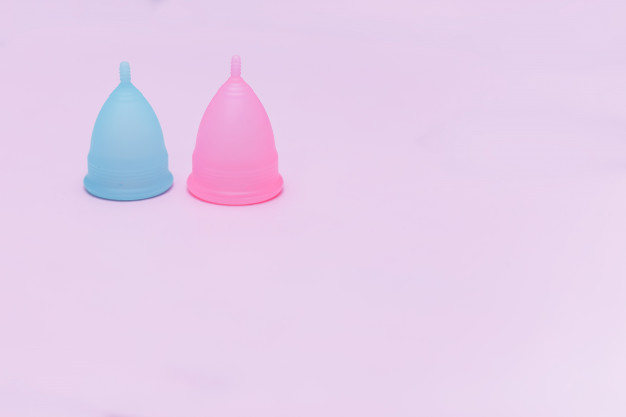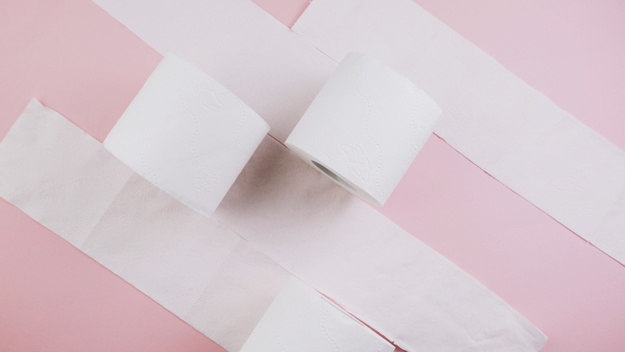As inflation happens and prices of products across the country increase, more Nigerian women are moving away from pads to more sustainable sanitary products. In this article, five Nigerian women talk about their experience using menstrual cups.
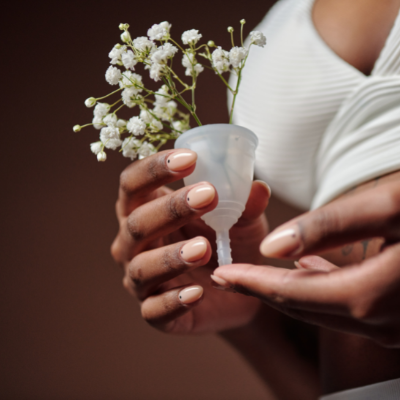
Elizabeth, 19
Sanitary pads never did it for me. Getting good sanitary pads was a real struggle for me. There are a lot of products to pick from and I used to jump from one product to another. I would settle with one brand I liked but in the next few months, they wouldn’t be as they used to be. The prices were not encouraging either. I considered tampons but they’re not easily accessible.
One day, I saw a menstrual cup on my senior colleague’s WhatsApp status. It was my first time. She was selling them. It caught my attention so I googled it to find out more. From what I read, it was everything I wanted — affordable, comfortable and could carry heavy flow.
Using the menstrual cup for the first time was not scary for me. It was a little hard inserting it because it was the first time but it got easier. During the first and second month, I experienced leaks on a few occasions because I didn’t insert the cup well. Also, I wasn’t using the right size. Since I got my size right, it’s been bliss. One major problem with the menstrual cup is leakage and it is caused by a lot of factors. It’s easy to get carried away because it’s comfortable but it’s important to remove it at the appropriate time to avoid leakage. Leaving the menstrual cup on for long periods of time is not advisable.
Idera, 19
Pads have always been uncomfortable for me. I had rashes all the time and they couldn’t keep up with my flow. When I was in my first year of university, I went to a seminar for menstrual health and the speaker mentioned menstrual cups as a period product. I was confused — I had never heard about menstrual cups before.
When I got home, I did some research on it — I watched YouTube videos and read a ton of articles. I was convinced that menstrual cups are the best things ever. My problem became how to find one. I searched for months. At the time, It wasn’t on Jumia so I tried Instagram and I found a vendor but it was expensive — 10k for a cup. My zeal died.
One day as I was walking to class, one girl whispered to me, “You’re stained.” That was my turning point — I was done changing my pad every four hours. I sent a DM to the Instagram vendor and in three days I got my cup.
I gave myself a lot of pep talk before I used the cup. It felt odd inserting it in the first time and a bit painful. I had touched myself down there before so it was uncomfortable, to say the least. After several tries, the stem of the cup finally disappeared and it was fully inserted.
A few days later, my period came and I repeated the process. I was feeling very cool, post-modern woman vibes until 15 minutes later, my panties were soaked. I whipped out my phone in search of help. The videos, the articles, even the person I bought it from weren’t of any use. The vendor said, “Just keep trying, you’ll figure it out.” I did figure it out — it turned out I was using the punch down fold, a fold that doesn’t pop open easily. I tried the 7-fold and it worked. When I took out the cup, it was nearly full. The excitement in me was unmatched.
That first period with my menstrual cup will always be my best. I started looking forward to my period! I couldn’t stop telling everyone about menstrual cups. Whether they had a vagina or not! I realized people lose interest when I told them the price. So I decided to start a menstrual cup brand called Ivy Cup so I could make cups easily accessible and affordable to other people.
I reached out to manufacturers, health specialists, and doctors both in Nigeria and abroad before I found the safest company to manufacture cups for my brand. I love talking to people about the cups. I have gotten 65 people to switch to cups and I am so proud of myself.
Funke, 22
I found out about the cup through Instagram on a page for women’s sexual health. I was intrigued so I went to read more about it.
The first time I tried it, I inserted it properly and it stayed in place. It also held my heavy flow.
I would recommend it because it is reusable, cost-effective and comfortable when you insert it well. It does get exhausting fixing and removing it, so I’ll suggest alternating with other period products.
Nimisire, 24
I first read about menstrual cups online. The article said it was an alternative to pads and tampons. I found the one I use on Twitter. One of my friends did a giveaway and they sent it to me.
I found using it quite convenient. The instruction on the pack said to use only if you’re sexually active. However, inserting it the first time was difficult but it has gotten easier. That first day I inserted it in a way that was touching my urethra so I felt like peeing for most of the day.
Taking it out can be tedious sometimes because when the cup spends a few hours inside me, it goes further up my cervix and I have to fish for the tip to pull it out. I would have to contract and expand my vagina walls to push it out. It collects a lot of blood but I still combine it with a pad because it kind of still leaks blood. But I enjoy using it. Sometimes I even forget it’s inside me.
Sully, 22
One day, while I was in university, one of my friends was advertising a class on her Whatsapp status. It was about menstrual cups. I decided I was going to attend and I am glad I did. I got the cup shortly after. The cup has different sizes so I bought the large size.
I was initially scared at the size of what I wanted to insert into my vagina but it wasn’t so bad. I kept touching the tip to be sure the menstrual cup was still inside me. I hated pads and I always got stained whenever I wore them but that changed with my menstrual cup. I also no longer have vagina irritations. My experience has been smooth so far.

Subscribe to our newsletter here.



